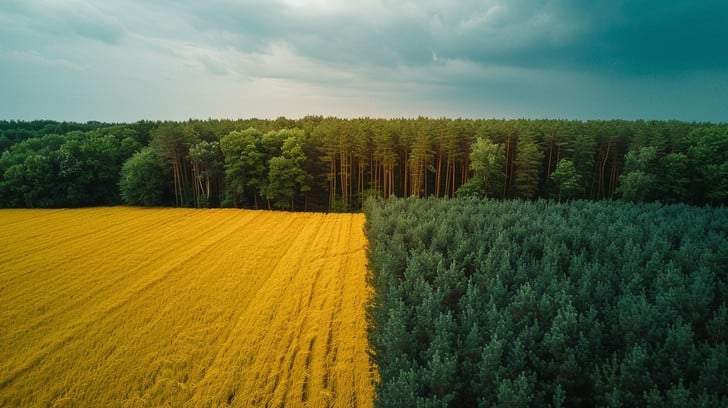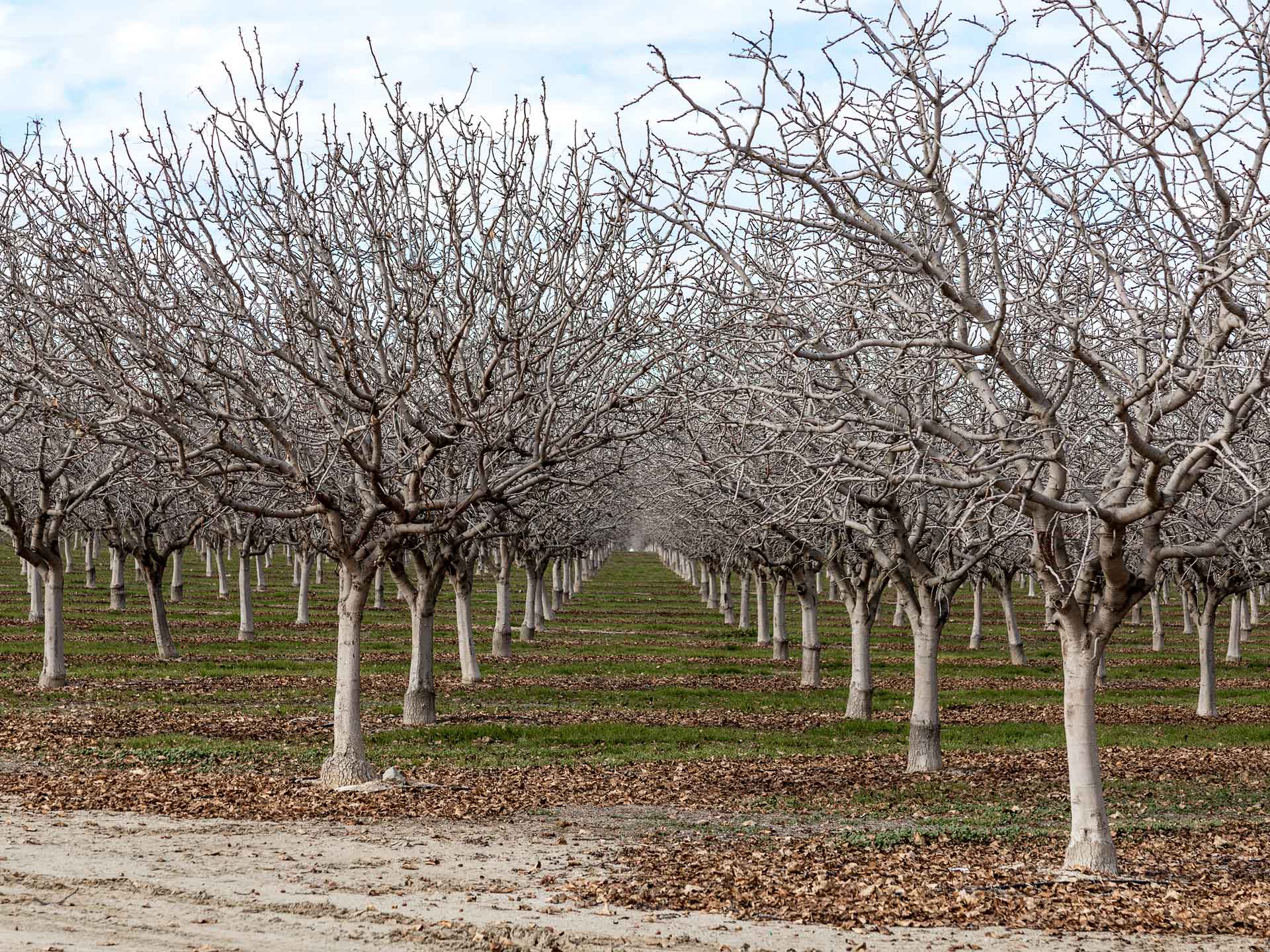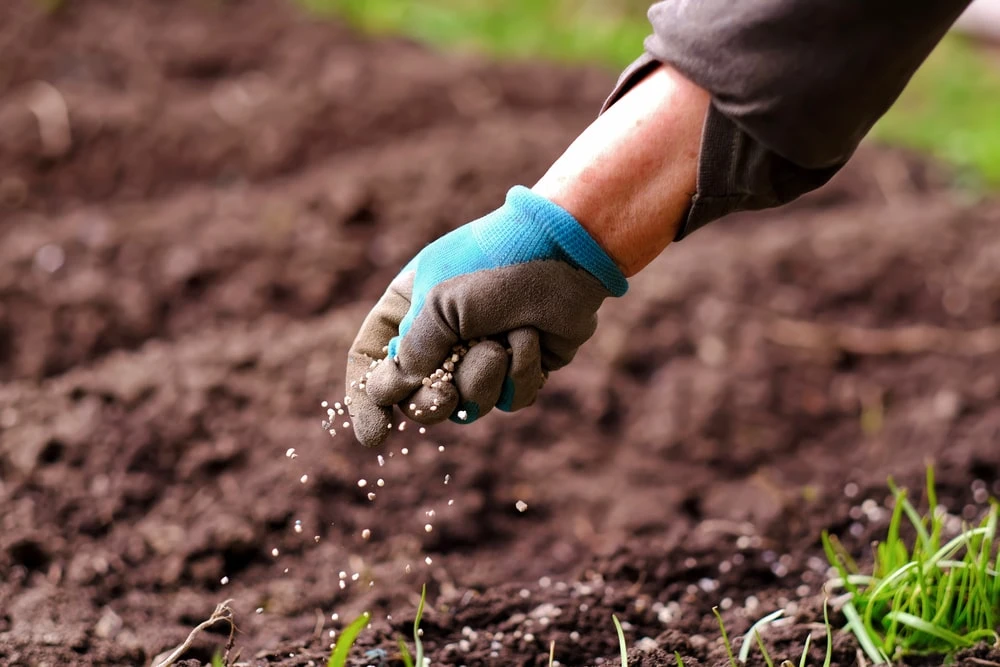Introduction:
Nature’s canvas is painted with an array of colors, and each hue holds significance beyond mere aesthetics. The colors exhibited by plants and trees are not only visually captivating but also provide valuable insights into their health, well-being, and the intricate processes occurring within. This blog delves into the fascinating world of colors in flora, exploring how they serve as indicators of overall plant health and vitality.
1. The Green Symphony of Chlorophyll:
Green, the dominant color in most plants, stems from the presence of chlorophyll—the powerhouse of photosynthesis. This vital process allows plants to convert sunlight into energy, providing the foundation for their growth and development. Rich, deep greens signify robust chlorophyll production, indicating a healthy and thriving plant.
2. Decoding Leaf Colors:
Observing the color variations in leaves provides valuable clues about a plant’s well-being. Vibrant green leaves typically signal optimal health, while yellowing may indicate nutrient deficiencies, such as nitrogen. Brown or scorched edges can suggest stress, possibly due to inadequate watering, excessive sunlight, or poor soil conditions.
3. Seasonal Transformations:
The changing colors of leaves throughout the seasons are a testament to nature’s cyclical patterns. In autumn, the chlorophyll breaks down, revealing other pigments such as carotenoids (orange and yellow) and anthocyanins (red and purple). While this transformation is a natural part of the seasonal cycle, sudden or premature color changes can be indicative of stress or disease.
4. Floral Hues and Reproductive Health:
The colors of flowers play a crucial role in attracting pollinators and ensuring successful reproduction. Brightly colored blooms, such as reds, pinks, and purples, often indicate a healthy plant with robust reproductive capabilities. Faded or discolored flowers may suggest issues with pollination or nutrient availability.
5. Stress Signals in Tree Bark:
Beyond leaves and flowers, the color of a tree’s bark can offer insights into its health. A healthy tree typically exhibits smooth, vibrant bark. Changes in color, such as darkened or discolored patches, may indicate stress, pest infestations, or diseases. Regularly inspecting the bark can help identify potential issues before they escalate.
6. Assessing Soil Health through Foliage:
The color of plant foliage is intricately linked to soil health. Soil with balanced nutrient levels promotes rich, green foliage. Yellowing or pale leaves may signify deficiencies in essential nutrients like iron or magnesium. Conducting soil tests and amending nutrient imbalances can contribute to healthier and more vibrant plant coloration.
7. Anthocyanin Accumulation in Stress Response:
Plants produce anthocyanins, responsible for red and purple hues, as a response to stress. These pigments act as antioxidants, protecting plants from damage caused by environmental stressors like intense sunlight or extreme temperatures. Increased anthocyanin production can be a sign of a plant’s resilience in the face of adversity.
8. Understanding Variegation:
Variegation refers to the presence of multiple colors in plant leaves. While variegated plants are prized for their unique aesthetic appeal, irregular color patterns may also indicate underlying stress or genetic mutations. Careful observation and proper care can help maintain the health and longevity of variegated specimens.
Conclusion:
Colors in plants and trees are not merely a visual delight; they serve as a language, conveying messages about the overall health, vitality, and responses to environmental conditions. As stewards of our green spaces, understanding these color-coded signals empowers us to nurture and care for our plants and trees effectively. By interpreting the vibrant palette of nature, we can cultivate landscapes that thrive in harmony with their surroundings.




